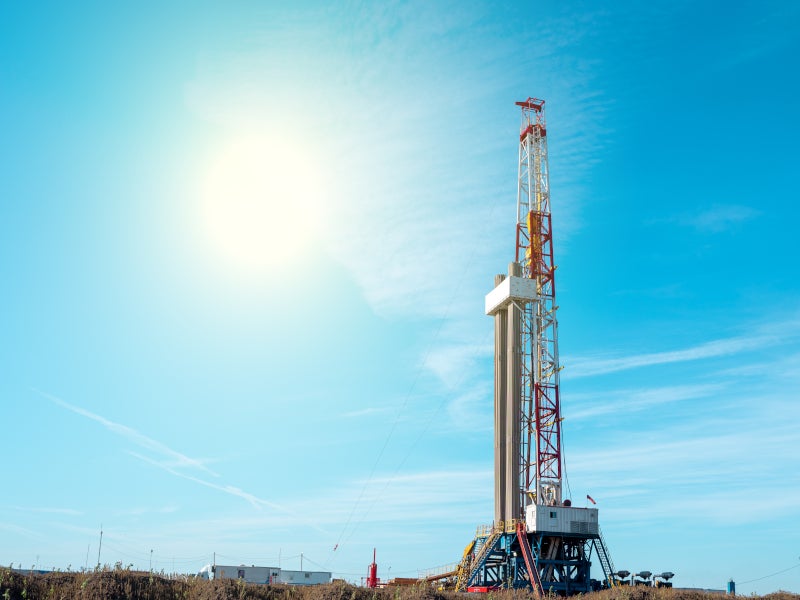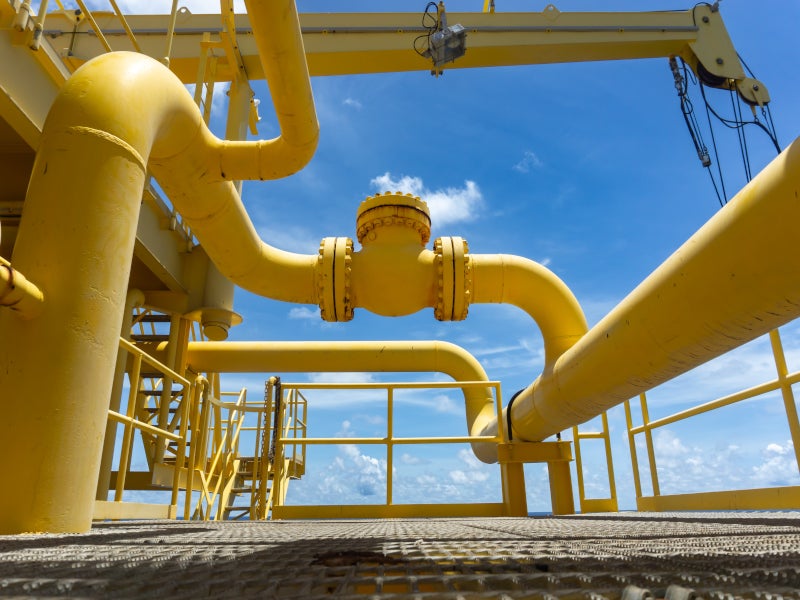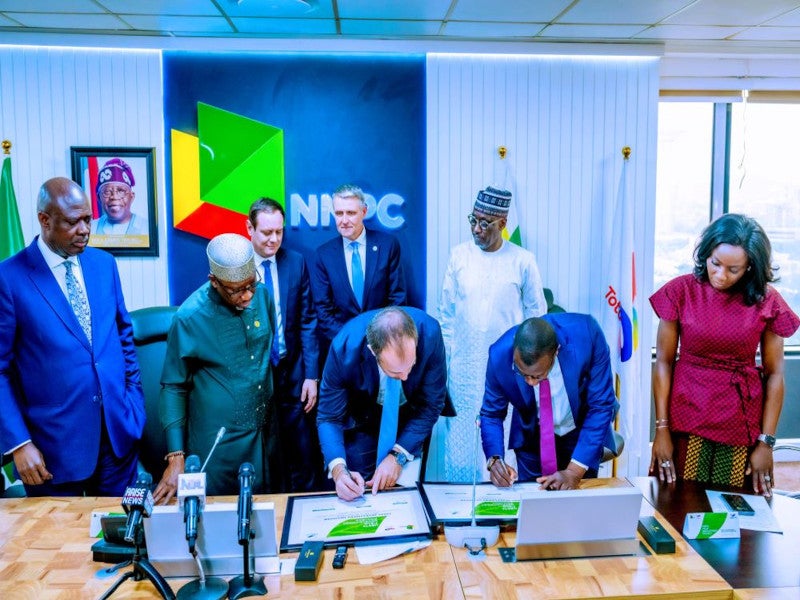The Ubeta gas and condensate field is located within the Oil Mining Lease (OML) 58 onshore license in Nigeria.
OML 58 license is jointly owned by TotalEnergies, which owns a 40% stake and serves as the operator, along with the Nigerian National Petroleum Corporation (NNPCL), which holds a majority share of 60%.
The final investment decision on the project was taken in June 2024.
The project will be developed with an estimated investment of $550m and is set to start production in 2027. It is designed for a productive lifespan of 20 years.
The field’s output is projected to reach approximately 350 million standard cubic feet per day of gas and 10,000 barrels per day of associated liquids or 70,000 barrels of oil equivalent per day, inclusive of condensates.
The project is set to play a pivotal role in ensuring a stable gas supply for the operations of Nigeria Liquefied Natural Gas, a liquified natural gas facility situated on Bonny Island, which is undergoing an expansion to increase its capacity from 22 to 30 million tonnes per annum.
TotalEnergies maintains a 15% interest in the facility.
Project location
The Ubeta gas development project is located roughly 80km north-west of Port Harcourt in Rivers State, within the eastern sector of the Niger Delta.
The field itself is positioned 12km south-west of the Obite Gas Plant and a mere 8km south-west of the Ogbogu Flow Station, both of which are operated by TotalEnergies.
Discovery and appraisal
The Ubeta Gas field was discovered in 1964. The discovery phase began with an exploratory well drilled in 1964, followed by three appraisal wells, which culminated in the identification of ten reservoirs.
Currently, five of these are earmarked for the initial phase of development.
Ubeta gas field development project details
The Ubeta gas field development project encompasses the engineering design, construction, drilling, and commissioning of a six-well gas production cluster named Ubeta Production Cluster (UPC).
The drilling campaign is expected to span 1.5 years, commencing in the second quarter of 2026, with a single rig deployed to develop the six wells.
UPC is designed as an unmanned well pad to house ten slots, six of which are allocated for the Ubeta gas development.
It will include a 16in high-pressure production manifold, test header, and test separator to facilitate well testing and metering.
Each of the six production wellheads will be linked to the production manifold through eight flowlines, with the capability to manage up to 2.5 million standard cubic metres per day of flow per well.
To ensure precise production monitoring and testing, multiphase flow meters will be installed on each well’s flowline.
Each well will be overseen by a wellhead control panel and a hydraulic power unit, providing pressurised hydraulic fluid for the well valve actuators.
Control and monitoring of the UPC will be centralised at the Obite Gas Plant. At peak production, the UPC is anticipated to handle a total flow rate of up to ten million standard cubic metres per day, aligning with the project’s gas development objectives.
Gas export details
The production manifold will aggregate the multiphase fluid from all active wells and transport it via an 11.1km-long and 16in-diameter carbon steel pipeline to the Obite Gas Plant.
An intelligent pigging system, comprising a pig launcher at the UPC and a pig receiver at the Obite Gas Plant, will be incorporated into the pipeline.
Sustainability features
The Ubeta gas and condensate project is engineered as a low-emission and cost-efficient venture, leveraging the preexisting gas processing infrastructure at OML 58.
Efforts to reduce carbon intensity will be augmented by the integration of a 5MW solar plant, currently under construction at the Obite site, and by electrifying the drilling rig.






